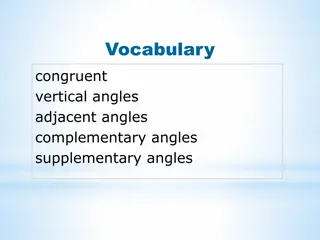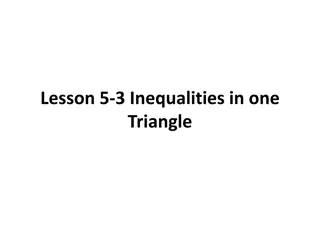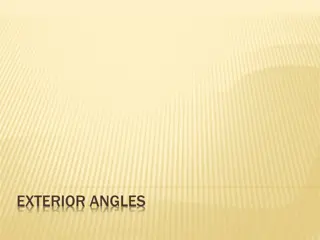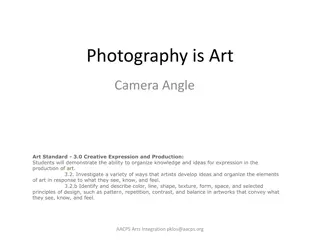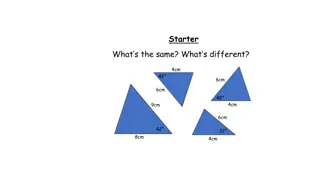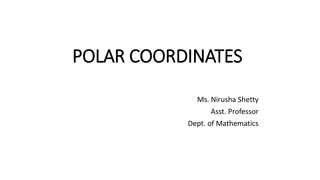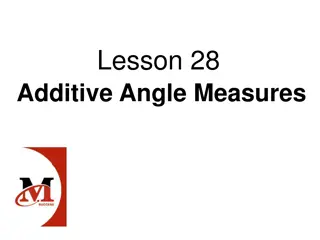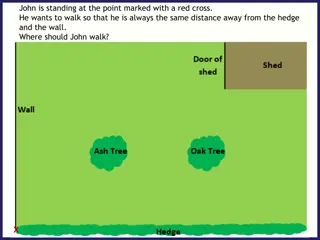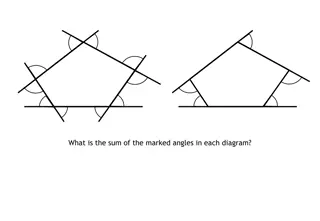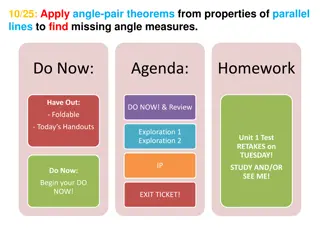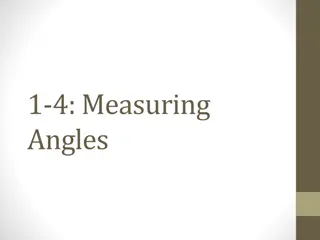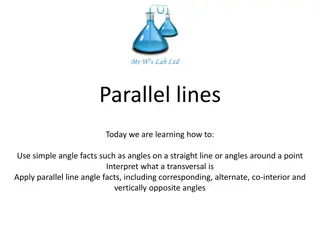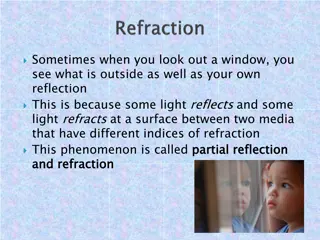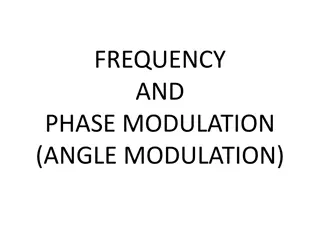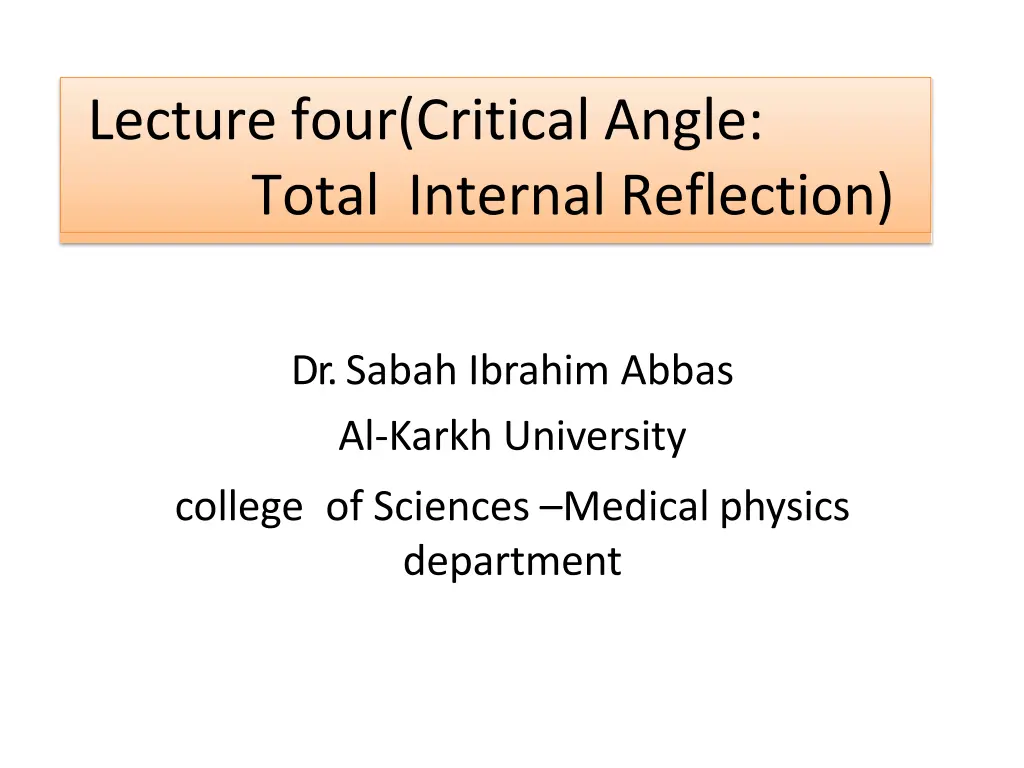
Understanding Total Internal Reflection in Optics
Discover the concept of total internal reflection in optics, where light rays traveling from high to low optical dense mediums can be reflected within the same medium under certain conditions. Learn about the critical angle, total internal reflection process, and the practical implications in optical sciences.
Download Presentation

Please find below an Image/Link to download the presentation.
The content on the website is provided AS IS for your information and personal use only. It may not be sold, licensed, or shared on other websites without obtaining consent from the author. If you encounter any issues during the download, it is possible that the publisher has removed the file from their server.
You are allowed to download the files provided on this website for personal or commercial use, subject to the condition that they are used lawfully. All files are the property of their respective owners.
The content on the website is provided AS IS for your information and personal use only. It may not be sold, licensed, or shared on other websites without obtaining consent from the author.
E N D
Presentation Transcript
Lecture four(Critical Angle: Total Internal Reflection) Dr. Sabah Ibrahim Abbas Al-Karkh University college of Sciences Medical physics department
Lecture four(Critical Angle: Total Internal Reflection) The critical angle:- is the angle of incidence of a light ray which travels from high optical dense medium to the lower one ?2< ?1 which results in it being refracted at 90 degree to the normal .
Lecture four(Critical Angle: Total Internal Reflection) Total internal reflection :-When the light ray is incident in more optical dense medium with an angle greater than the critical angle of that medium , it reflects in the same medium which is known as the total internal reflection .
Lecture four(Critical Angle: Total Internal Reflection)
Lecture four(Critical Angle: Total Internal Reflection) Critical Angle formula:-
Lecture four(Critical Angle: Total Internal Reflection) Using Snell s law ?1 > ?2 ?1 sin ?1 = ?2 sin ?2 ???? ????????? ????? = ???????? ????? ?1 = ?? ?1 sin ??= ?2sin 90 ?1 sin ??= ?2 sin ??=?2 ?? ?2 = 1 sin??= ??= sin 1( 1) ?1 ?? ?1 = 1.42 ??= sin 1( ?1 sin ??= ?2 sin 90 ?1 ??? ??? ?????? ?1 1 is the critical angle formula 1) = 44.7 1.42
Lecture four(Critical Angle: Total Internal Reflection) A ray traveling from a higher index to a lower index bends away from the normal. at an angle called the critical angle, the refracted angle is 90 , the raytravels along the surface for larger incidence angles, Snell s law says the sine of the refracted angle is greater than one, this is impossible For incident angles larger than the critical angle, the light is completely reflected, refracted ray. there is no
Lecture four(Critical Angle: Total Internal Reflection) Example 1:- A step-index fiber 0.0025 inch in diameter has a core index of 1.53 and a cladding index of 1.39. See drawing. Such clad fibers are used frequently in applications involving communication, sensing, and medical imaging. What is the maximum acceptance angle ??for a cone of light rays incident on the fiber face such that the refracted ray in the core of the fiber is incident on the cladding at the critical angle? Cladding =1.39 =1 90 Fiber coren=1.53
Lecture four(Critical Angle: Total Internal Reflection) Refraction by plane parallel plate:- Light passing obliquely through plate of glass is deviated laterally and the emerging ray ia parallel to the incident ray (the angle of incidence equals angle of emerging ) and so the direction of light is unchanged but is laterally displaced . Deviation of the light is more with greater thickness of the glass plate but its intensity is less. compute light's lateral shift ( x )after passing through a glass slab?
Lecture four(Critical Angle: Total Internal Reflection)
Lecture four(Critical Angle: Total Internal Reflection) at triangles: ?= sin ?1 ?2 = sin ?1 cos ?2 cos ?2 sin?1 ? ?= cos?2 ? Assuming that the air has a refractive index of 1, we can further write sin ?1 =? 1 sin2? ; From basic geometry cos? = sin ?2 Combining these and gives ? cos ?2(sin ?1 cos ?2 cos ?2 sin?1) ? = ?(sin? sin ?1 cos ?1 ? cos ?2 ? = 1 sin2?1 ? 1 sin2?1 ) =? sin? 1 1 1 ? 2 1 sin2?1 ?2 sin2?1 the lateral shift of ray. Note that with this this ? = ?sin? expression, the distance x will approach d when 1 approaches /2 since the second term will vanish. If ?1 is small, we may use the approximation sin ?1 = ?1 ? ; cos ?1 = 1 , ? = ??1(1 1) 1 1 ?



